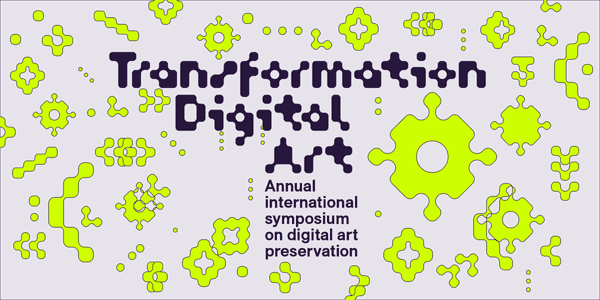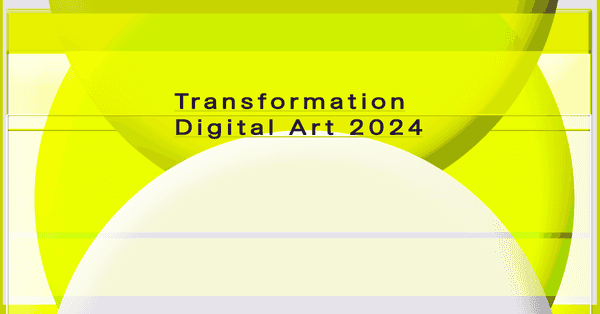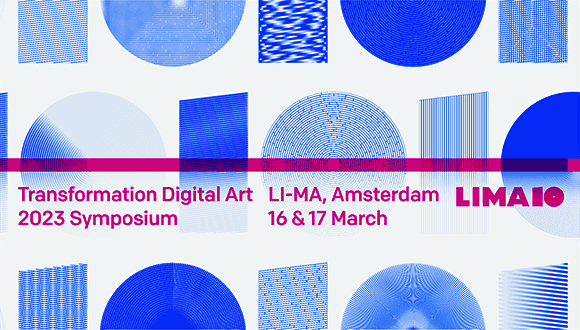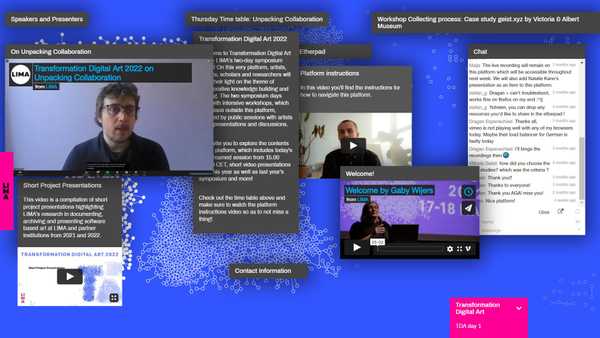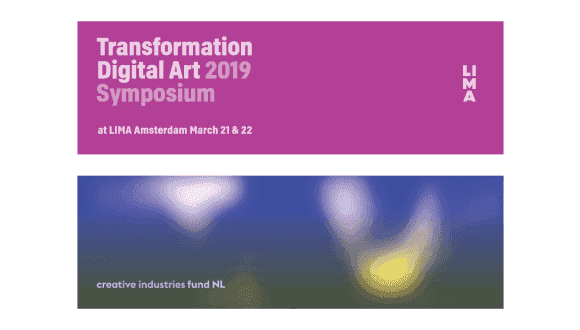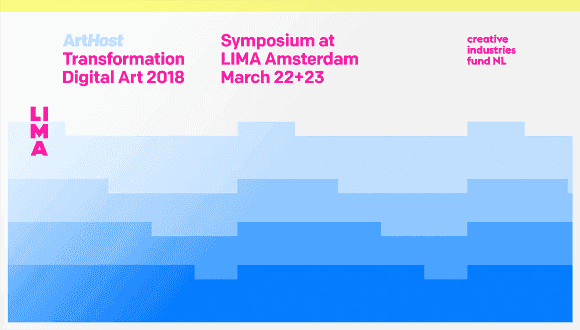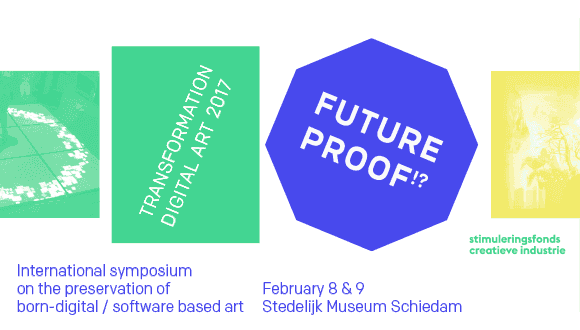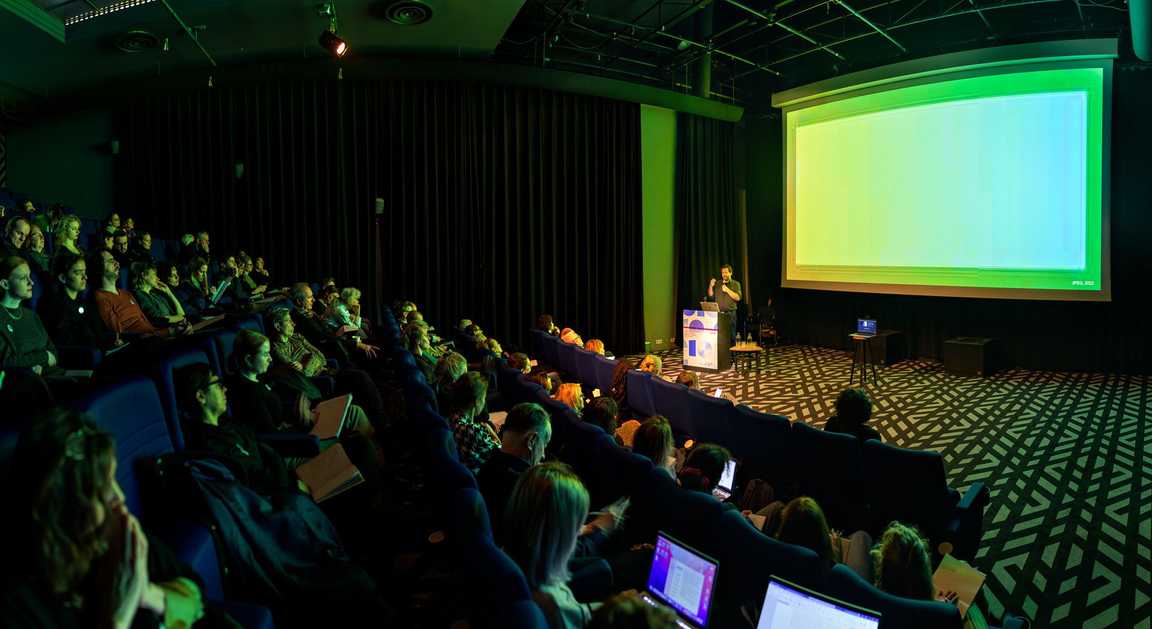
Transformation Digital Art
International symposium on the preservation of digital art. Upcoming edition: 26 & 27 March 2026
Artworks and archives in the realm of digital art and culture are integral facets of our cultural heritage. Since the 1960s, artists have harnessed digital technologies to convey their concepts in real-time, generative, participatory, and platform-variable manners, reflecting on their nature and impact. The evolution of digital art spans interactive performances, installations, net art, and extends to virtual reality, augmented reality, artificial intelligence, and more. Preserving these digital creations demands a focus on change and care, especially given their dependence on rapid technological advancements, resource limitations, and the emergence of a new generation of experts.

Transformation Digital Art 2023. Photo by Pieter Kers.
LI-MA’s annual international symposium Transformation Digital Art has sought since 2016 to showcase and discuss strategies for documenting, transmitting, and preserving digital art, emphasising the importance of revisiting current approaches. The symposium serves as a collaborative platform for artists, curators, and conservators to engage, critically reflect, and share best practices. By delving into both artist-led and institutional strategies, the symposium aims to address the future presentation of born-digital and software-based art. Through lectures, workshops, and panels, participants collectively explore new strategies to ensure the future-proofing of inherently digital, performative, and processual artworks.
History of Transformation Digital Art
For the past nine years, Transformation Digital Art has drawn attention from a global community of artists, museums, academics, and curators, making it the only annual gathering of this type in the world.
The first symposium Transformation Digital Art was organised in 2016 as the final presentation of the project Transformation Digital Art. SBMK and LI-MA organised this international symposium to address software-based art preservation. This project, which focused on the works of Dutch artist and digital pioneer Peter Struycken, served as an exemplar for other born-digital artworks. It was grounded in research and case studies from a variety of collections.
The second symposium Transformation Digital Art: FUTURE PROOF!? was held on 8 and 9 February 2017 at the Stedelijk Museum Schiedam. It was part of the collaborative research project Future Proof Media Art with Dutch media artist Geert Mul, in which LI-MA researched software-based artworks and interactive media artworks by Mul.
Transformation Digital Art 2018 was held within the framework of the new LI-MA project ArtHost. A range of professionals with diverse backgrounds discussed institutional and artist-led strategies for the future presentation of software-based and born-digital art, including best practices, research, and case studies.
In 2019, Transformation Digital Art took place at LI-MA, Amsterdam. That year's symposium presented multiple approaches concerning both artist-led and institutional strategies geared towards the future presentation of born-digital and software-based art.
Presented online for the first time, Transformation Digital Art 2021 continued in the annual tradition of debate on digital art preservation. The primary subject covered was the documentation of digital art. In order to comprehend a work, it asked, What should we keep in mind about it? What aspects of it should we preserve for the future? And what kind of documentation is necessary both now and in the future?
The primary focus of Transformation Digital Art 2022 was cooperative knowledge creation and sharing. It emphasised developing long-lasting networks to support and maintain the information gathered and shared online – that is, discovering innovative approaches to cooperation and knowledge and responsibility sharing. An online platform was used to sustain these networks and present the background material during the two-day symposium sessions.
Transformation Digital Art 2023 once again took place back at LI-MA, Amsterdam in person. The first day's focus was on documentation as a critical strategy for preserving digital art, and it included a look at recording virtual reality and artificial intelligence. The second day's topics included collaborative care, managing change, and facilitating the sharing of responsibilities and knowledge within the ecosystem of digital art.
Taking place at Nieuwe Instituut in Rotterdam and LAB111 in Amsterdam, Transformation Digital Art 2024 focused on strategies of care for digital artworks. As emerging technologies continue to reshape artistic practice and challenge traditional models of authorship, documentation, and preservation, the symposium explored how collaborative and community-based approaches can respond to and critically engage with the shifting conditions of digital culture and the possibilities it opens for preservation, with a strong emphasis on shared responsibility and multidisciplinary exchange.
In 2025, Transformation Digital Art returned for its ninth edition, held at LI-MA, Amsterdam. This year the symposium brought together a wide range of voices to consider how knowledge - embodied, implicit, and procedural - is embedded in media artworks and their preservation. Sessions addressed the intersections of AI, robotics, and performance; the evolving role of documentation and exhibition; and the ethical challenges of sustaining complex works over time.

Workshops at Transformation Digital Art 2023


